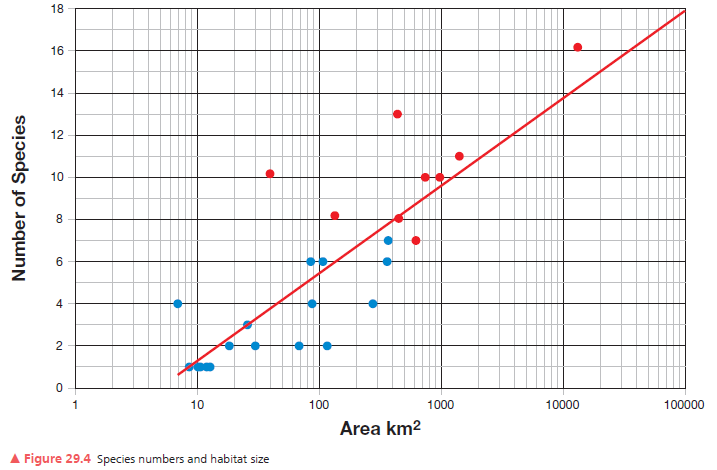What are the three mechanisms by which fire ignites and progresses? Describe the mechanisms and how fire spreads
What will be an ideal response?
ANSWER: Radiation, convection, and firebrands (or burning embers) allow a fire to ignite and progress. Radiant energy decreases with the square of the distance from a heat source, that is, at twice the distance the energy on a surface drops by four times. With only radiant heating—the energy transferred by thermal radiation, without air movement or contact with flames—50 seconds of intense crown-fire burn is sufficient to ignite dry fuels at a distance of 20 to 25 meters. Convective transfer of heat is more direct and efficient; it involves direct movement of heated air or flames to ignite fuel. Fire also spreads when burning embers, called firebrands, are carried with the wind and then deposited, igniting spot fires, which burn ahead of the main fire but can quickly spread.
You might also like to view...
Vancouver, British Columbia, and Sydney, Australia
What will be an ideal response?
Based on your answers to Questions 7 and 8, are larger or smaller habitats more prone to species loss due to reduction in habitat size? If you were identifying habitat to protect, would you recommend protecting one 400 km2 area or four 100 km2 areas? What other factors might you consider? What factors would make a species more deserving of protection? Are all species deserving of equal protection?

Use Figure 29.4 and the trend line to answer the question.
According to Hadley, the most important factor causing circulation patterns in the atmosphere was:
A) subsidence. B) equator-pole temperature contrast. C) convection. D) high-low pressure distribution.
The process by which the concentration of a pesticide increases through a food chain is called ________
A) bioaccumulation B) pesticide treadmill effect C) biomagnification D) broad-spectrum effect E) biological concentration